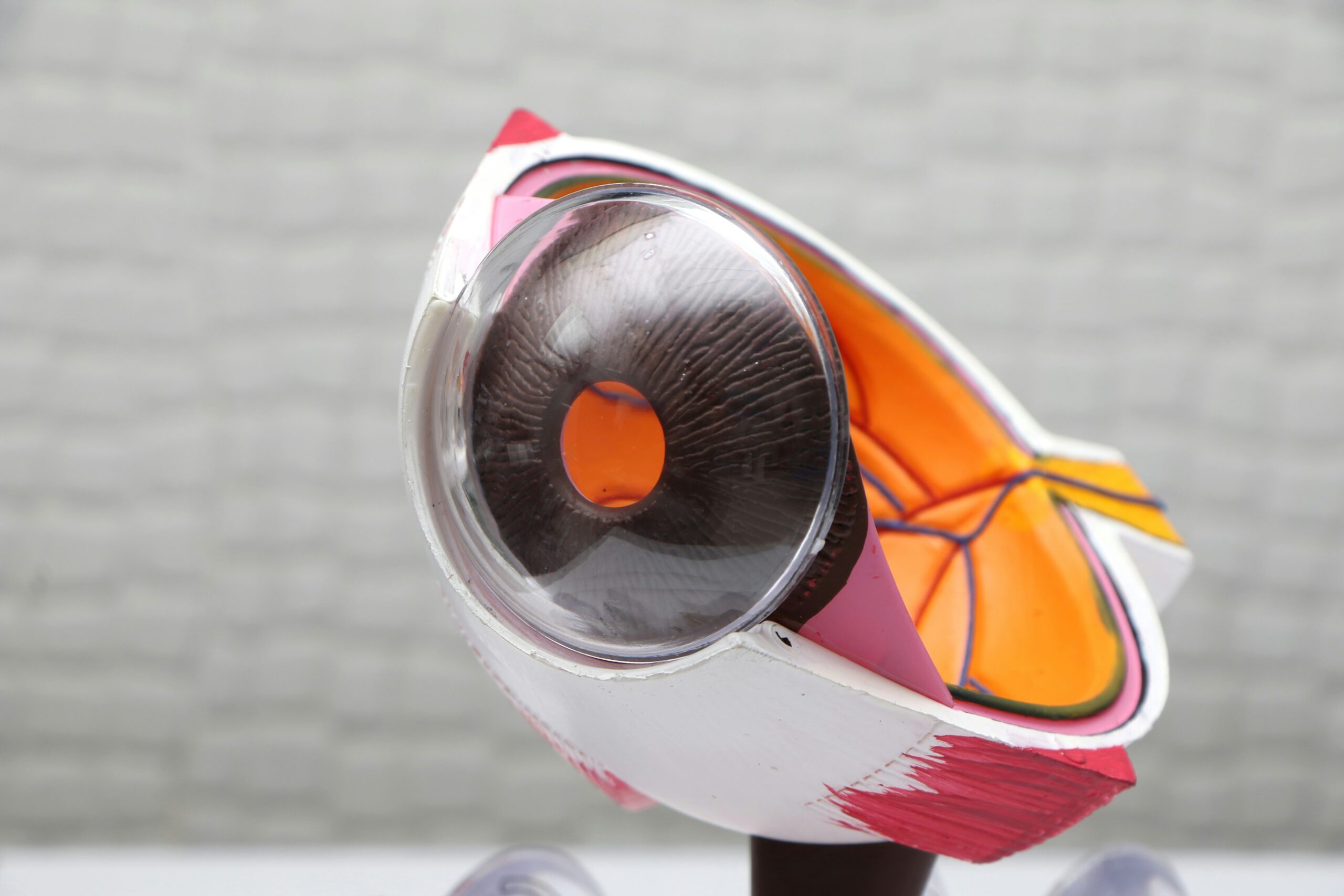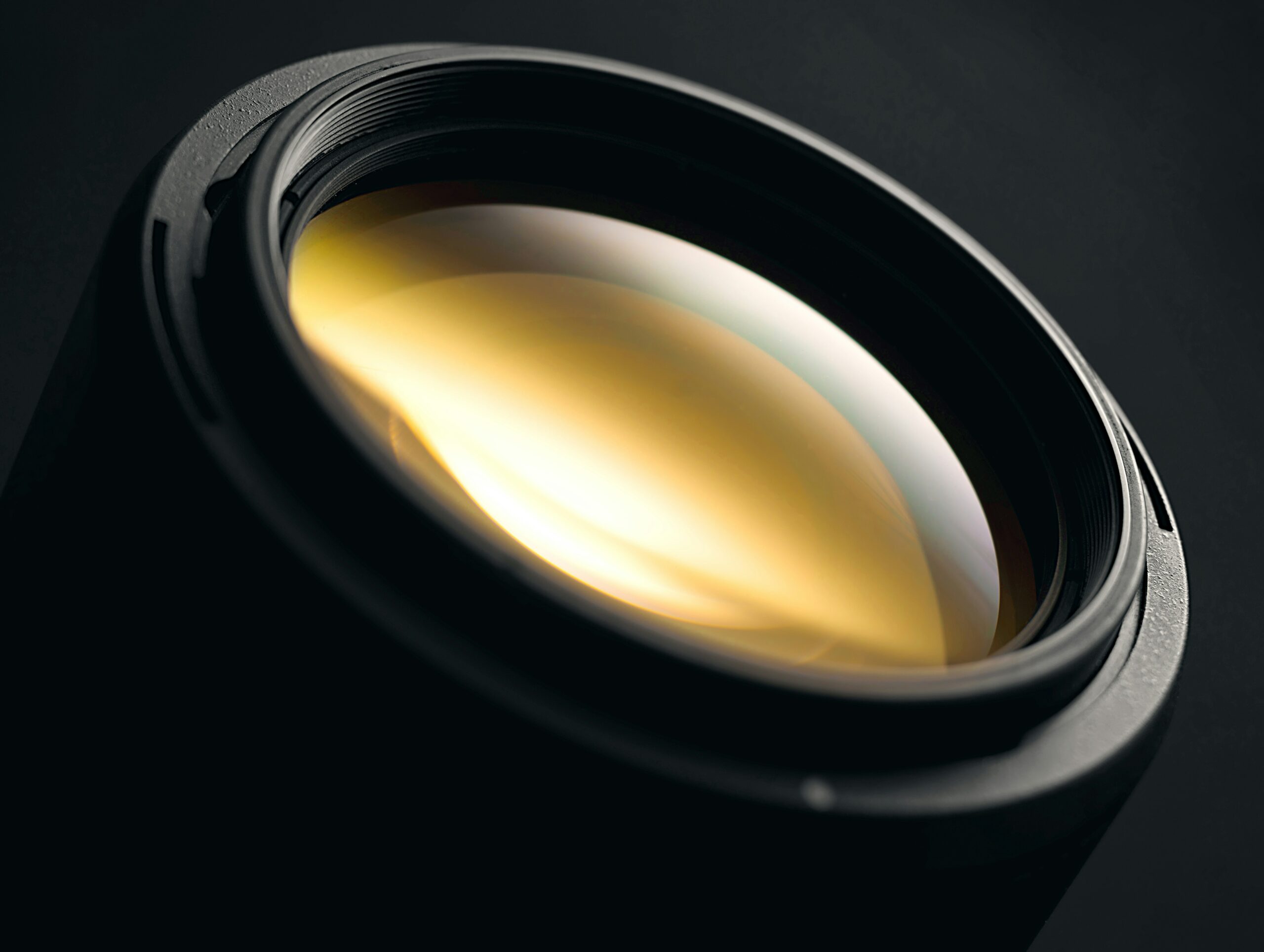Imagine you’re out in the wilderness, ready to embark on a thrilling hunting adventure. As you gaze through your trusty hunting scope, you want nothing to obstruct your view. That’s where lens protection comes in. With so many options available, it can be overwhelming to decide which coating is the best for your hunting scope. In this article, we’ll explore the various coatings available and help you determine which one will provide optimal lens protection, ensuring that your hunting experience is nothing short of exceptional.

Understanding Lens Coating
Definition and purpose of lens coating
Lens coating refers to a thin layer of material that is applied to the surface of a lens. The purpose of lens coating is to enhance the optical performance of the lens by improving light transmission, reducing glare and reflection, and providing additional protection against scratches, fingerprints, and other forms of damage.
Importance of lens coating on a hunting scope
In the context of hunting, where clear and accurate vision is crucial, lens coating plays a significant role in optimizing the performance of a hunting scope. By maximizing light transmission and minimizing glare and reflection, lens coating ensures that you have a bright, clear, and distortion-free view of your target. It can also protect the lens from the harsh conditions of the hunting environment, ensuring its durability and longevity.
Factors to Consider When Choosing a Lens Coating
Type of game hunted
The type of game you hunt can influence the choice of lens coating for your hunting scope. Different animals may require different levels of visual acuity and contrast. For example, if you are hunting in low-light conditions for deer, which often blend into the surroundings, you may want a lens coating that enhances contrast and provides excellent low-light performance.
Hunting environment
The hunting environment, whether it’s dense woodland, open fields, or mountainous terrain, can impact the type of lens coating you should choose. In situations where there is a lot of foliage or obstacles, a lens coating that reduces glare and helps you distinguish your target from the background can be advantageous. On the other hand, in open fields where long-range shots are common, a lens coating that improves light transmission and clarity at further distances may be more important.
Weather conditions
Weather conditions, such as rain, fog, or snow, can significantly impact visibility during a hunt. Lens coatings that are water-resistant or anti-fog can help maintain clear vision in these adverse conditions. Additionally, some lens coatings have hydrophobic properties, which repel water and prevent droplets from obstructing your view.
Lighting conditions
The amount and type of light in the hunting environment are crucial factors to consider when choosing a lens coating. Different lens coatings are designed to optimize performance in specific lighting conditions. For instance, if you frequently hunt during the early morning or late evening, when lighting is dim, a lens coating that enhances low-light visibility would be beneficial.
Different Types of Lens Coating
Coated lenses
Coated lenses have a single layer of coating on at least one lens surface. This coating helps reduce reflections and improves light transmission to some extent. While coated lenses are a step up from uncoated lenses, they are not as effective in reducing glare or enhancing clarity compared to fully coated, multi-coated, or fully multi-coated lenses.
Fully coated lenses
Fully coated lenses have a single layer of coating on all lens surfaces. This comprehensive coating greatly improves light transmission and reduces glare and reflections. Fully coated lenses offer better visual performance compared to coated lenses, but they may still have limitations when it comes to reducing reflections and producing maximum clarity.
Multi-coated lenses
Multi-coated lenses have multiple layers of coating on at least one lens surface. These additional layers further enhance light transmission, reduce glare, and provide superior clarity. Multi-coated lenses are typically more effective than fully coated lenses in minimizing reflections and optimizing visual performance.
Fully multi-coated lenses
Fully multi-coated lenses have multiple layers of coating on all lens surfaces. This advanced lens coating technology maximizes light transmission, minimizes glare and reflections, and ensures exceptional clarity. Fully multi-coated lenses offer the highest level of performance and are often considered the top choice for hunters who prioritize optical excellence.
Advantages and Disadvantages of Coated Lenses
Light transmission benefits
Coated lenses provide a noticeable improvement in light transmission compared to uncoated lenses. The single layer of coating enhances the intensity and quality of light passing through the lens, resulting in brighter and clearer images.
Reduction of glare and reflection
Coated lenses also help reduce glare and reflections, allowing you to have a more unobstructed view of your target. By minimizing distracting glares, you can better focus on the details and make accurate shots.
Possible color distortion
One potential disadvantage of coated lenses is the risk of color distortion. Depending on the specific lens coating, there may be a slight shift in color perception. While this distortion is usually minor and not significant enough to affect hunting performance, it is worth considering if color accuracy is vital to your hunting activities.
Potential cost implications
Coated lenses tend to be the most affordable option among the various lens coating types. They offer a good balance between performance and cost, making them a practical choice for hunters on a budget. However, if you prioritize higher optical performance, you may need to invest in more advanced lens coatings.

Advantages and Disadvantages of Fully Coated Lenses
Improved light transmission
Fully coated lenses provide a significant improvement in light transmission compared to coated lenses. With a coating on all lens surfaces, they minimize light loss and maximize the brightness and clarity of the image.
Reduced glare and reflection
Similar to coated lenses, fully coated lenses effectively reduce glare and reflections. They provide a clearer view of your target by minimizing distracting distractions caused by external light sources.
Higher cost implication
One drawback of fully coated lenses is their higher cost compared to coated lenses. While the price increase is justified by the enhanced optical performance, it may deter budget-conscious hunters from opting for this option.
Potential for color distortion
Fully coated lenses, like coated lenses, have the potential for slight color distortion. While the impact on hunting performance is generally minimal, it is something to be aware of, particularly if color accuracy is essential to your hunting activities.
Advantages and Disadvantages of Multi-Coated Lenses
Greatly improved light transmission
Multi-coated lenses offer a substantial improvement in light transmission compared to both coated and fully coated lenses. The multiple layers of coating optimize the amount and quality of light that passes through the lens, resulting in brighter and sharper images.
Significant reduction in glare and reflection
With their multiple layers of coating, multi-coated lenses effectively reduce glare and reflections, ensuring a clearer and more focused view. This feature is especially crucial when hunting in brightly lit conditions or situations where there are reflective surfaces.
Possible color distortion
Like coated and fully coated lenses, multi-coated lenses can also cause minor color distortion. While this is generally not a significant concern, it is worth considering if precise color accuracy is important to you.
Higher cost compared to coated and fully coated lenses
The improved optical performance of multi-coated lenses often comes with a higher price tag. This cost may deter budget-conscious hunters who are not willing to invest in top-tier lens coatings.

Advantages and Disadvantages of Fully Multi-Coated Lenses
Maximum light transmission
Fully multi-coated lenses offer the highest level of light transmission among all the lens coating options. The multiple layers of coating on all lens surfaces enable them to transmit the maximum amount of light, resulting in exceptionally bright and clear images.
Minimal glare and reflection
With their advanced coating technology, fully multi-coated lenses minimize glare and reflections to an exceptional degree. This ensures that your view is free from any distracting interferences and allows you to concentrate on the details of your target.
Highest cost among all types
The superior optical performance of fully multi-coated lenses comes at a price. Fully-multi coated lenses are typically the most expensive option among the various lens coatings. While they provide unrivaled visual performance, they may not be a practical choice for hunters with budget constraints.
Least color distortion
Fully multi-coated lenses generally have the least amount of color distortion compared to other lens coating types. This ensures that the colors you see through the scope are more accurate and true to life, which can be essential for hunters who rely on color cues to identify their targets.
Comparative Analysis: Coated vs Fully Coated vs Multi-Coated vs Fully Multi-Coated
Comparison in light transmission
In terms of light transmission, fully multi-coated lenses offer the maximum level of performance, followed by multi-coated lenses, fully coated lenses, and coated lenses. If you prioritize brightness and clarity, fully multi-coated lenses are the ideal choice.
Comparison in glare and reflection reduction
All types of lens coatings effectively reduce glare and reflections. However, the degree of reduction varies. Coated lenses provide a moderate level of glare reduction, fully coated lenses offer a more significant reduction, multi-coated lenses provide even better performance, and fully multi-coated lenses excel in minimizing glare and reflections.
Comparison in color distortion
While all lens coatings have the potential for slight color distortion, fully multi-coated lenses generally exhibit the least amount of distortion. Multi-coated lenses and fully coated lenses may have a slightly higher risk of color shifting, and coated lenses may have the highest possibility of color distortion.
Comparison in cost
The cost of lens coatings varies, with coated lenses being the most affordable option, followed by fully coated lenses and multi-coated lenses. Fully multi-coated lenses are typically the most expensive due to their superior performance. When choosing a lens coating, it’s essential to consider your budget and weigh it against the desired optical quality.
Choosing the Best Lens Coating for You
Balancing cost with benefit
When selecting a lens coating for your hunting scope, it’s essential to strike a balance between cost and benefit. Consider your budget and the level of optical performance you require. If you are on a tight budget, coated lenses can still provide satisfactory performance. However, if you prioritize superior clarity and brightness, investing in fully multi-coated lenses may be worth the extra cost.
Considering practical hunting conditions
Take into account the type of game you hunt and the hunting environment you usually encounter. If you often hunt in low-light conditions or heavily wooded areas, lens coatings that excel in low-light performance and contrast enhancement may be favorable. For open field hunting or long-range shots, focus on lens coatings that provide excellent light transmission and minimize glare and reflections.
Understanding personal preference
Ultimately, personal preference plays a significant role in choosing the best lens coating for you. Some hunters may prioritize color accuracy, while others value maximum brightness and clarity. Consider your own visual preferences and how they align with the strengths and potential drawbacks of each lens coating type.
Maintenance and Care for Coated Lenses
Cleaning coated lenses
To maintain the optimal performance of coated lenses, it’s important to clean them regularly. Use a lens cleaning solution specifically designed for coated lenses and a microfiber cloth to gently remove dust, fingerprints, and smudges. Avoid using harsh chemicals or abrasive materials that may damage the coating.
Proper handling and storage
When handling coated lenses, avoid touching the lens surfaces directly with your fingers as the oils from your skin can leave unwanted marks. If possible, use lens caps or covers to protect the lenses when the scope is not in use. Store your hunting scope in a safe and dry environment to prevent any potential damage to the coated lenses.
Dealing with scratch and damage
In the unfortunate event of scratches or damage to the lens coating, it is best to consult with a professional for repair or replacement. Attempting to fix the damage yourself may further compromise the integrity of the lens coating and negatively impact its performance.
In conclusion, lens coating plays a crucial role in optimizing the performance of a hunting scope. By considering factors such as the type of game hunted, hunting environment, weather conditions, and lighting conditions, you can choose the most suitable lens coating that balances cost, visual performance, and personal preferences. Regular maintenance and care, such as proper cleaning, handling, and storage, will help ensure the longevity and optimal performance of your coated lenses.
